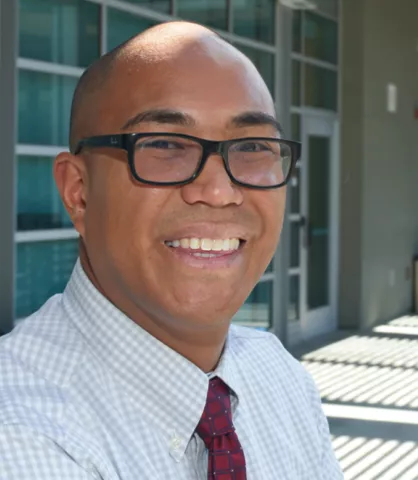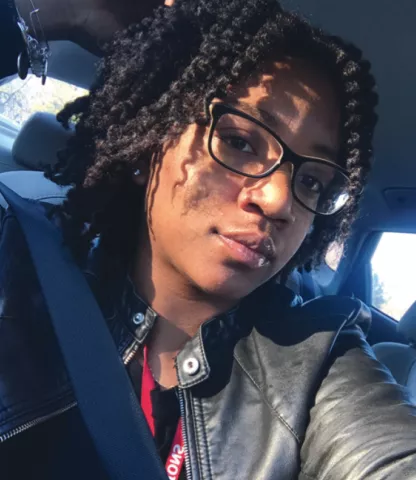In June 2018, the Harvard Graduate School of Education underscored in an online article—The Experiences of Teachers of Color—that “one of the most powerful supports a school can give a student of color is a teacher of color.” Growing research continues to support this claim, and NEA members are working toward realizing it.

Take California’s Al Rabanera, a 15-year veteran math teacher and member of the California Teachers Association (CTA), and Maryland’s Kayla Moore, a senior at Coppin State in West Baltimore, majoring in Early Childhood Education. They’re just two examples of the many educators and aspiring educators who work to boost the numbers of diverse educators.
In 2016, with the help of an NEA Great Public Schools Fund grant, Rabanera and a team of teacher leaders, administrators, and Student CTA members developed a series of programs through a project called “Cultivating Teacher Leaders: A Progressive Approach to Growing and Diversifying the Teaching Profession in California and Beyond” that nurtured students who planned to be educators.
The team focused on strengthening partnerships among preK–12 school districts, higher education institutions, and CTA locals to recruit from within communities of color. High school students interested in teaching were provided support and training that included how to be a good tutor and, pedagogical training, and lesson plan development and delivery.
College- and university-level education majors met with local teachers who provided professional development workshops on best practices and relevant education topics. “From high school to college and into the profession we continuously exposed future educators to different classrooms, supports, and events to help with the recruitment and engagement process—it’s a systems approach that connects the pathways to teaching,” says Rabanera.
Start Now

No need to wait to be a veteran educator to start recruiting teachers of color. Aspiring educators, like Kayla Moore, are starting now. While Moore student teaches in a predominantly African-American school in Baltimore City, she knows the number of educators of color compared to student demographics is low. Nationwide, teachers of color make up less than 20 percent of the teaching workforce while students of color are now the majority in public schools.
As president of the Coppin State Education Association, Moore has identified areas of support to help keep aspiring educators on track to teach. “We give out grants and have study sessions,” says Moore, explaining that it can take a couple of tries to pass the PRAXIS exams, which then becomes costly.
Moore doesn’t work alone. She collaborates with her program advisor who has taken the PRAXIS exams multiple times and has earned “perfect scores.” Together, they help aspiring educators pass the PRAXIS.
“Right now, we have one of the highest classes of students in methods, which means they all passed their PRAXIS and next semester they will be working.”


